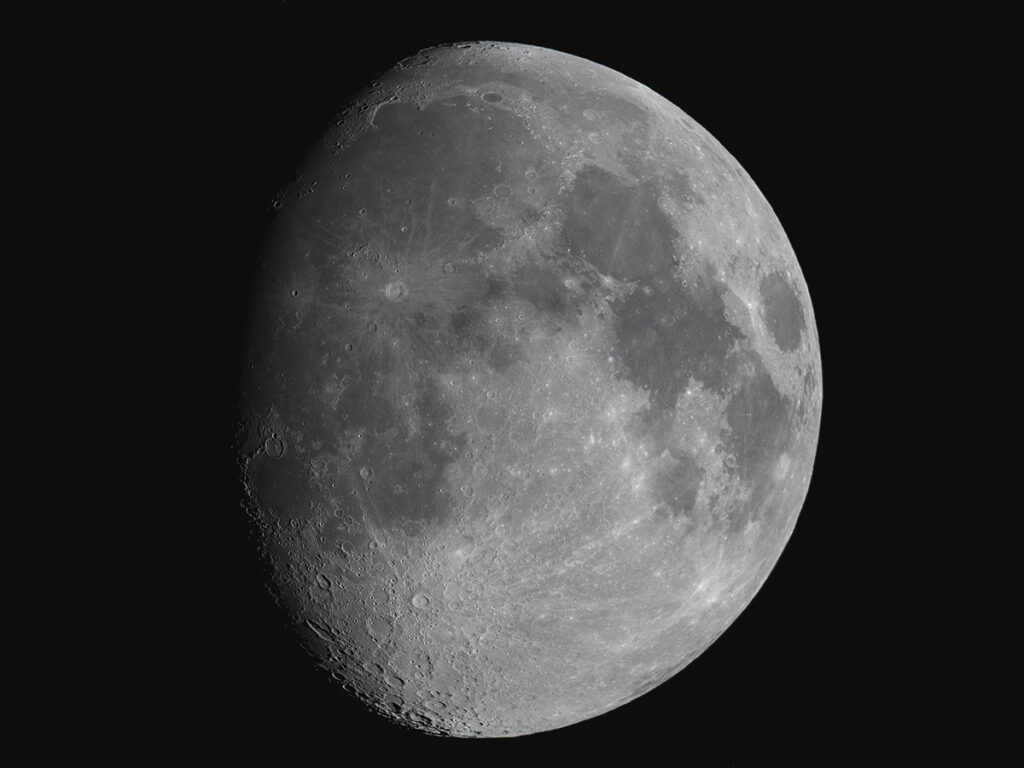
Telescope: Celestron C9.25 @ f/10, Orion Atlas EQ-G
Camera: QHY 168c, 0C
Filter: Orion Imaging Skyglow Filter
Exposure: 2x(64×0.001sec), saved as TIFF
Seeing: fair, 3/5
White Balance: Nebulosity Automatic
Software: Sharpcap Pro, Nebulosity, Registax, ICE, Photoshop
This is a 2-panel mosaic of the waxing gibbous moon taken while doing a bit of cloud-dodging last night.

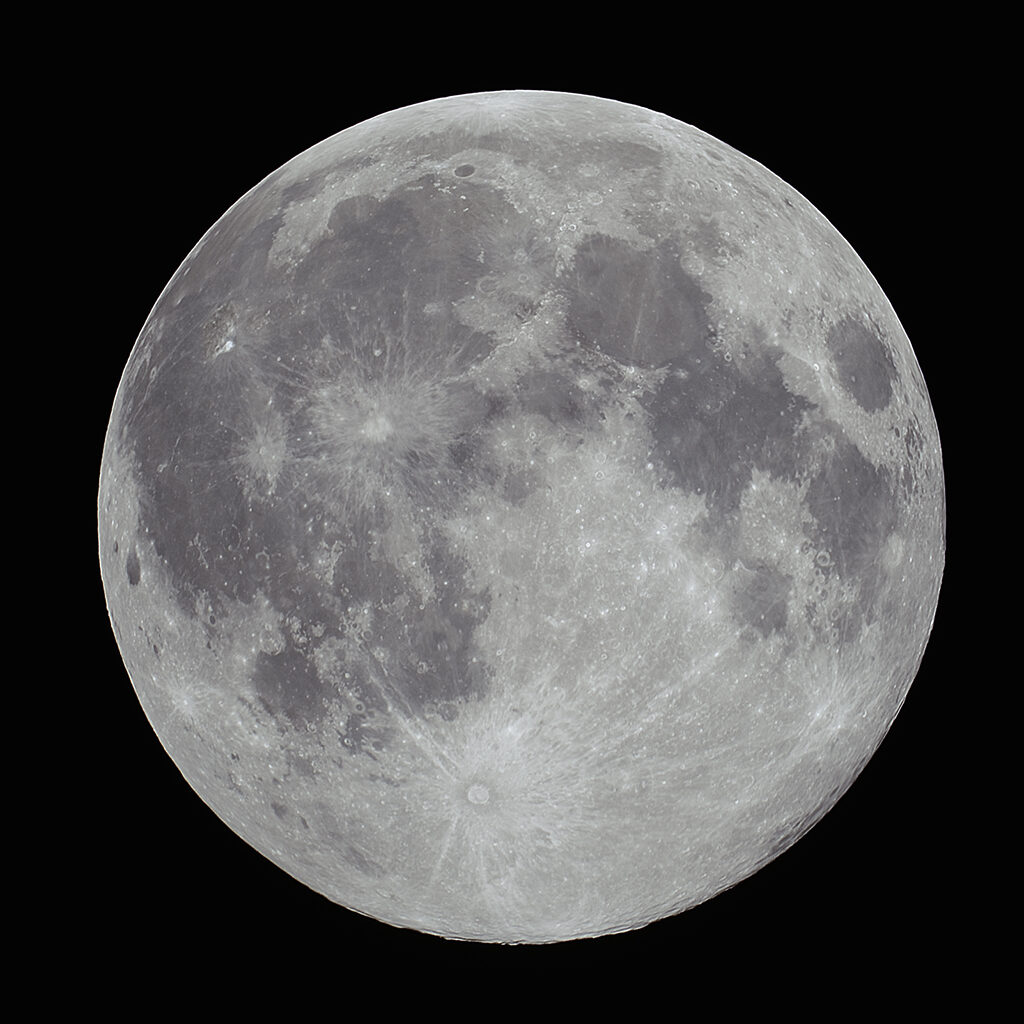

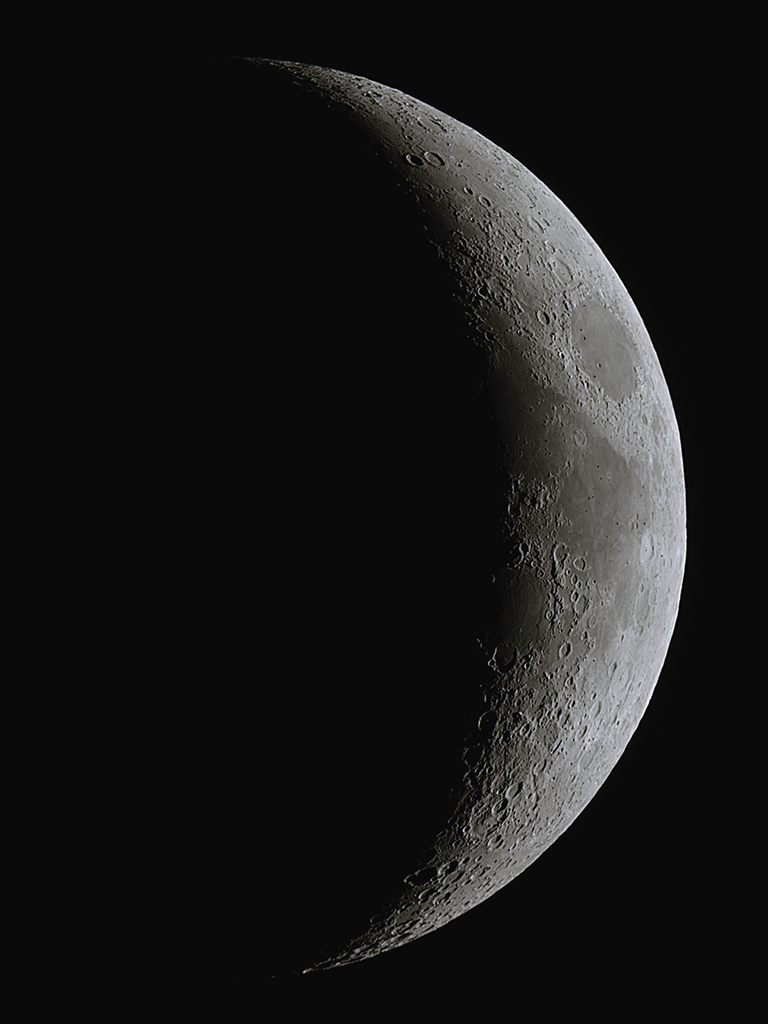

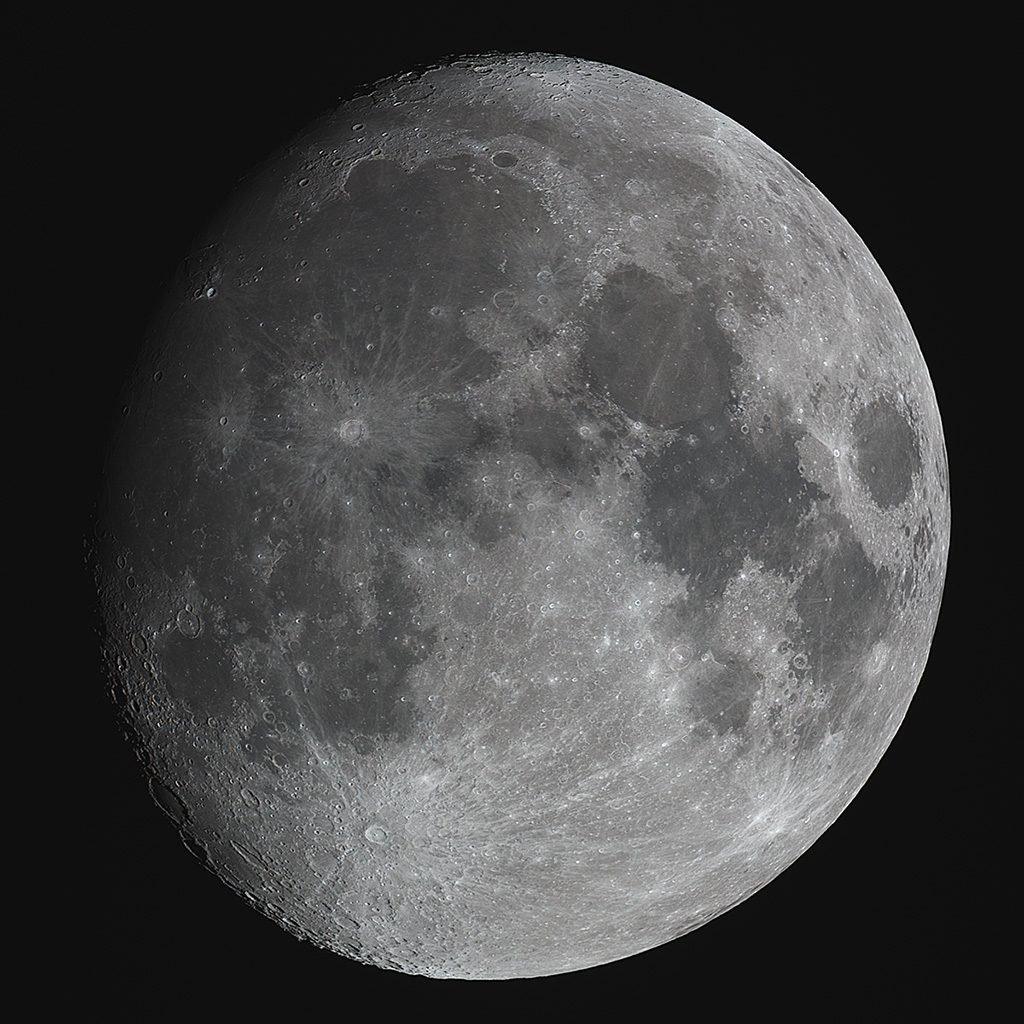
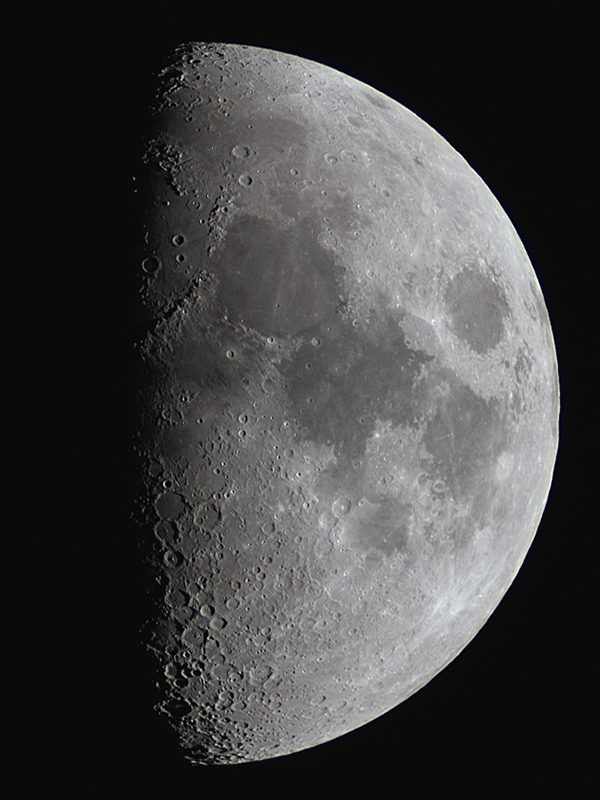
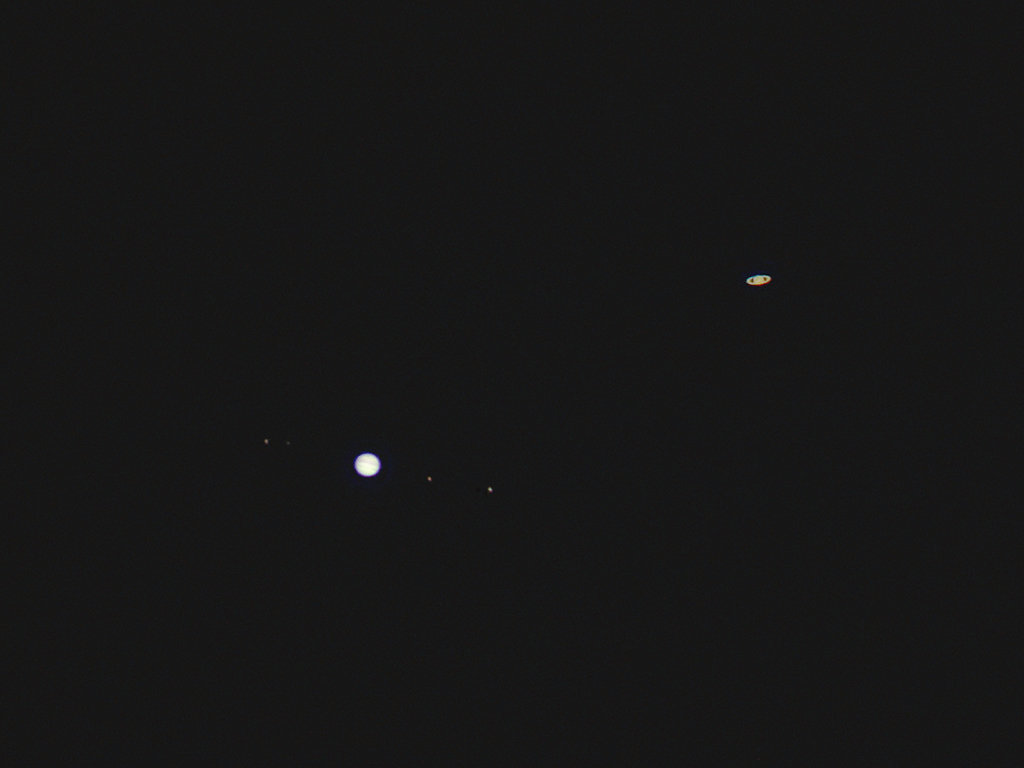
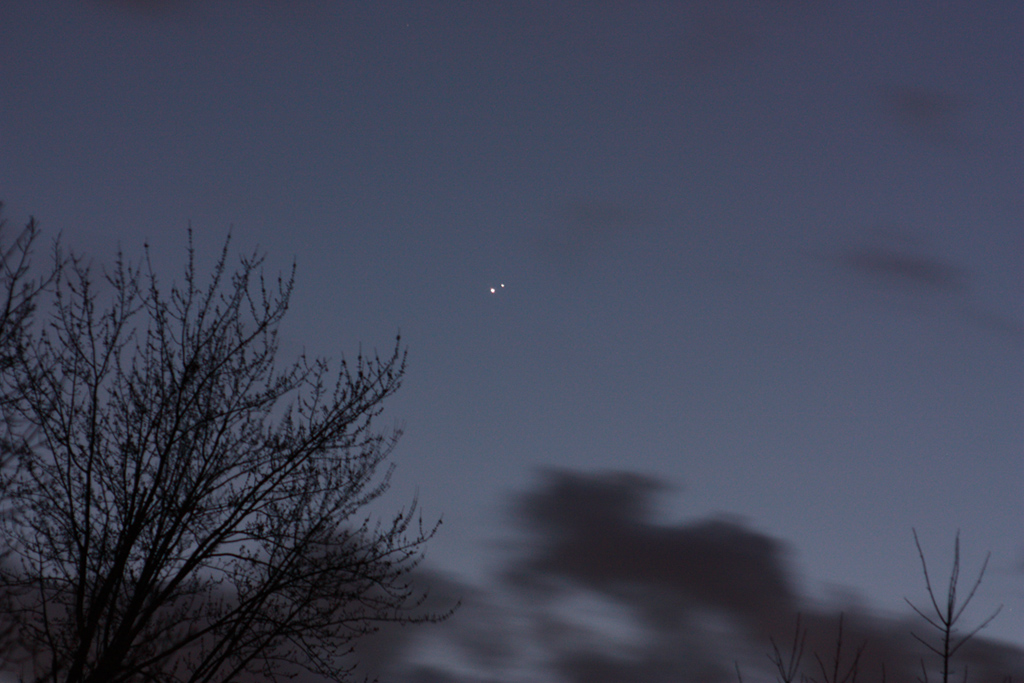
Recent Comments